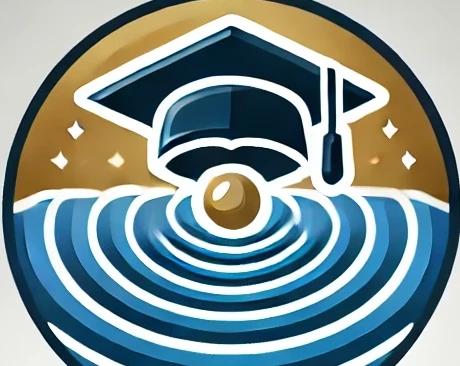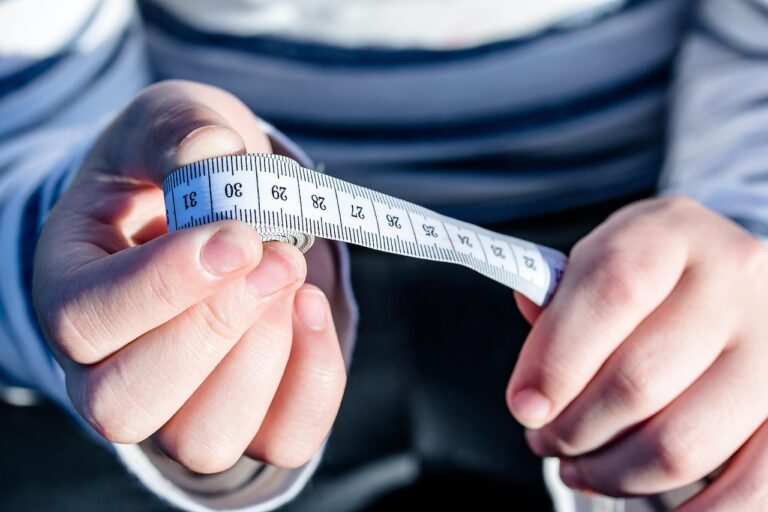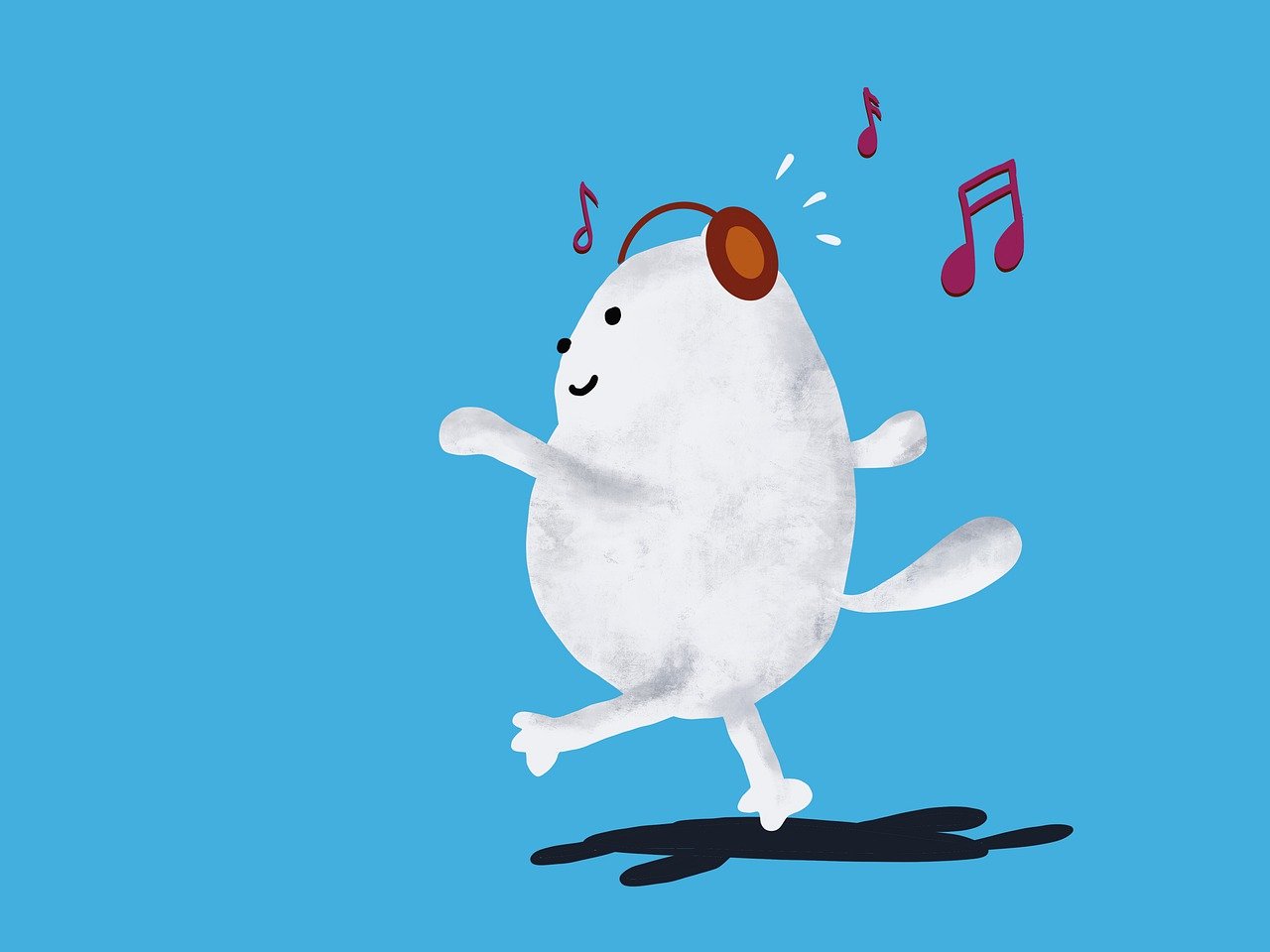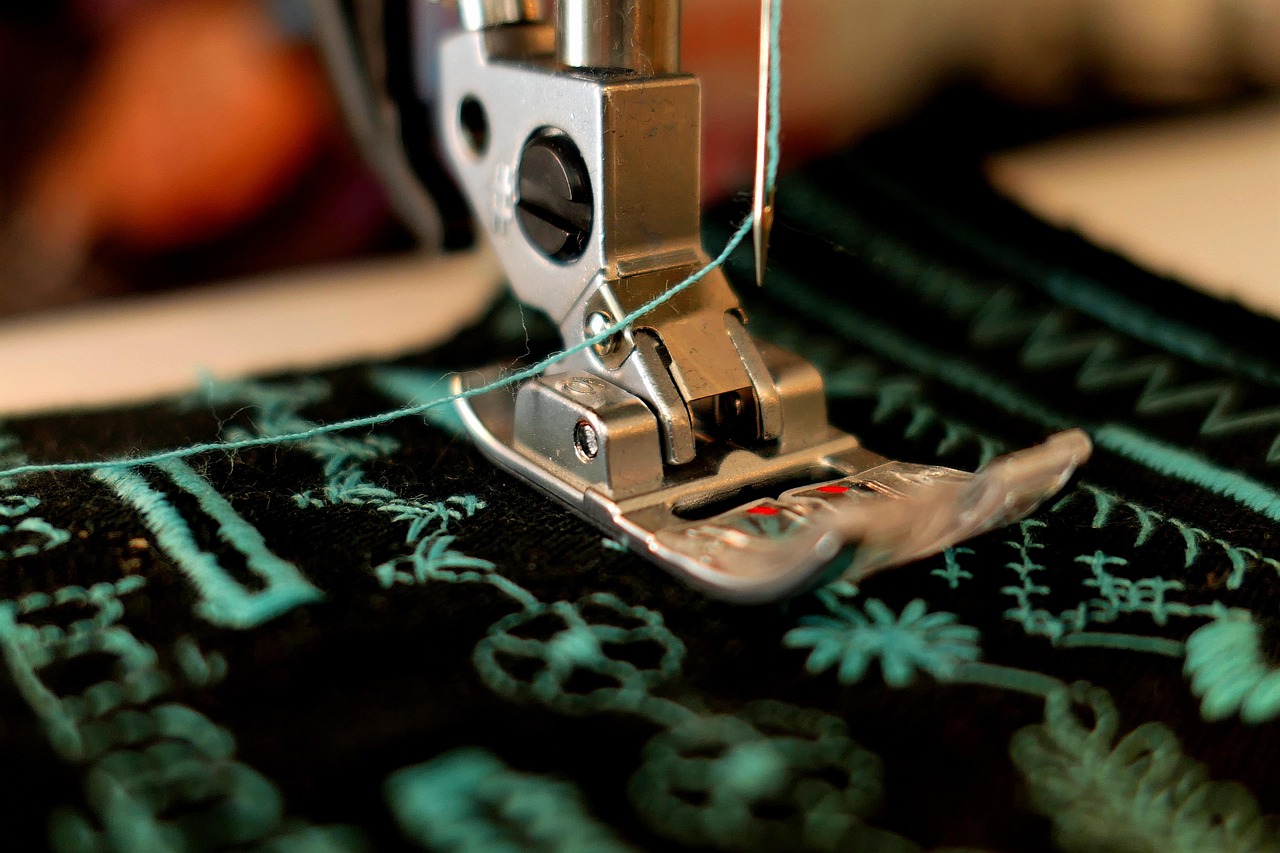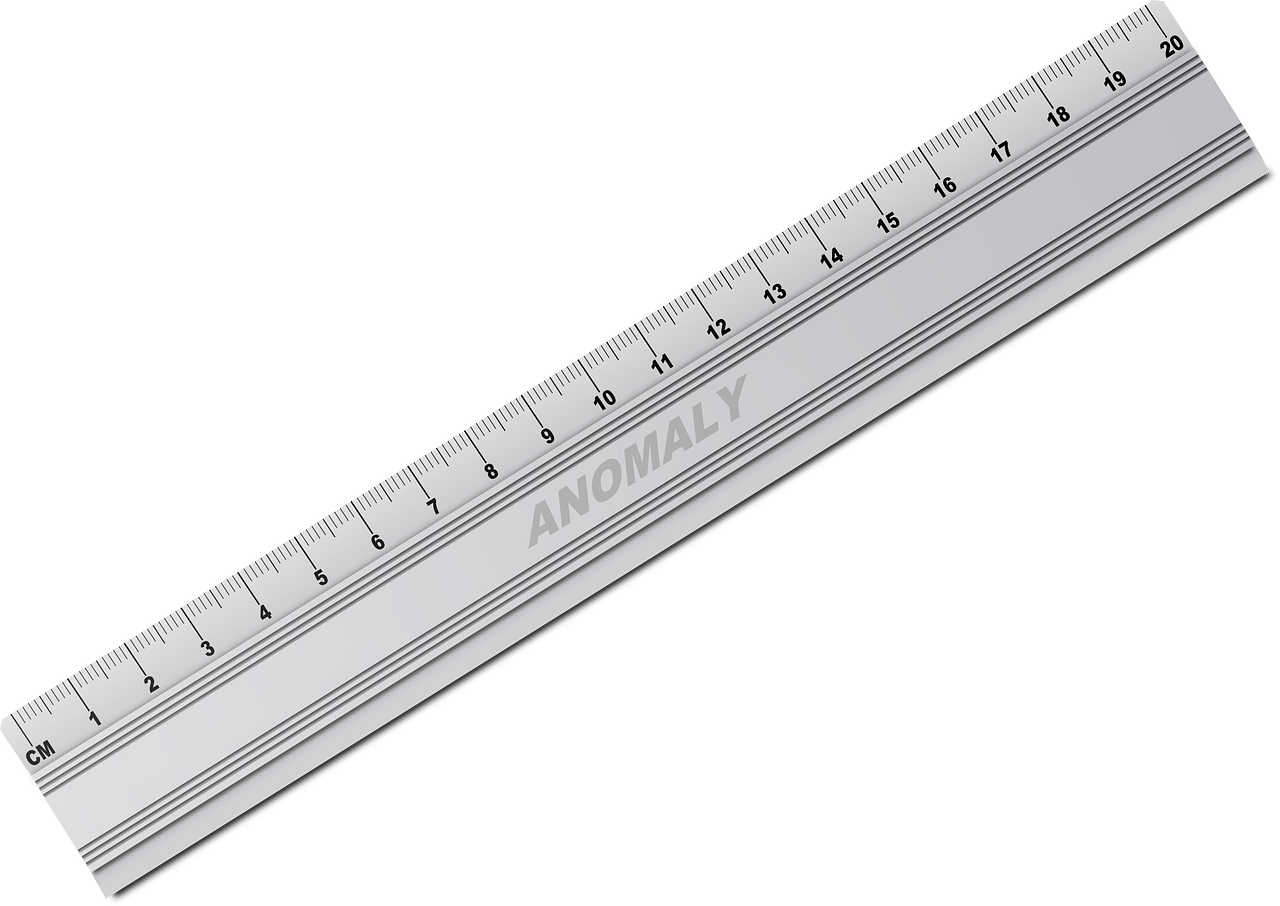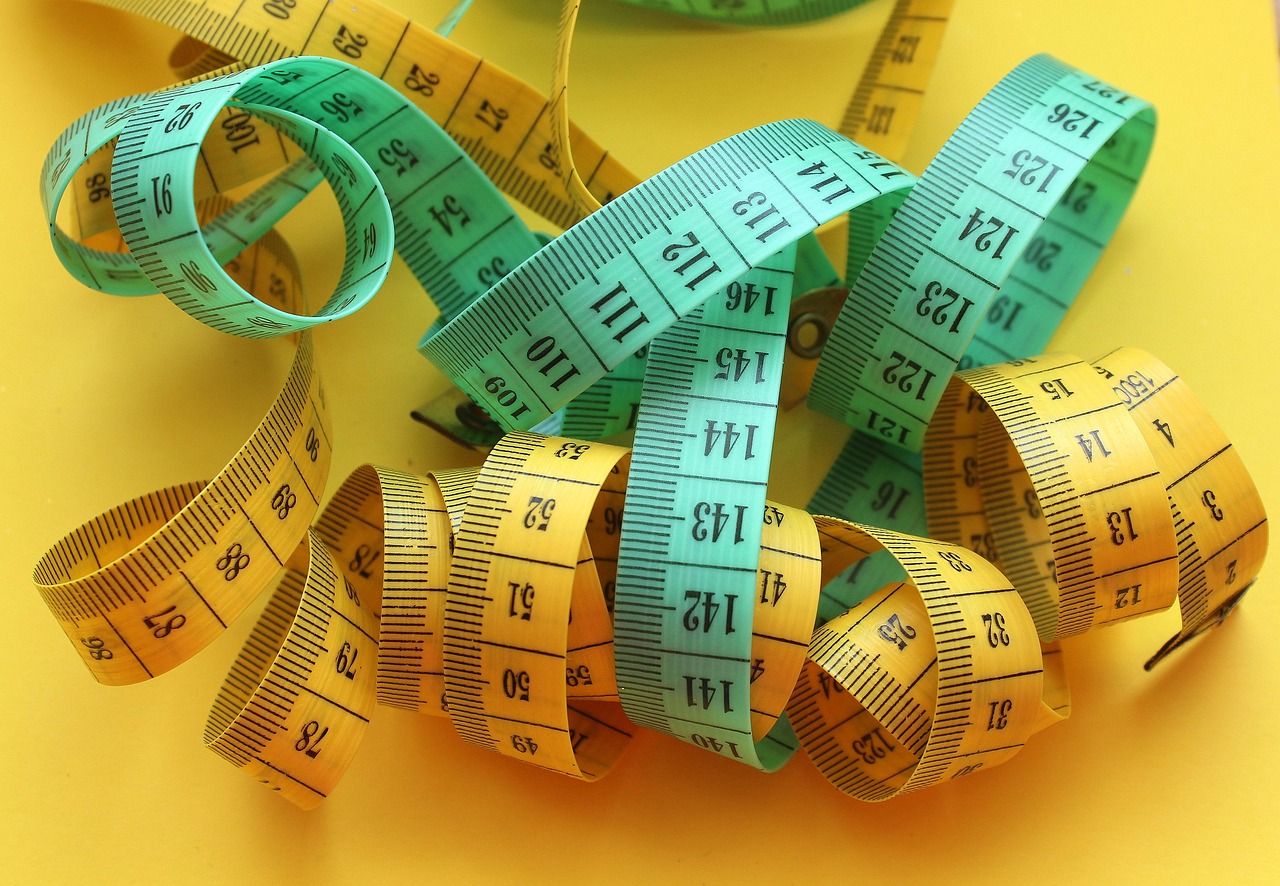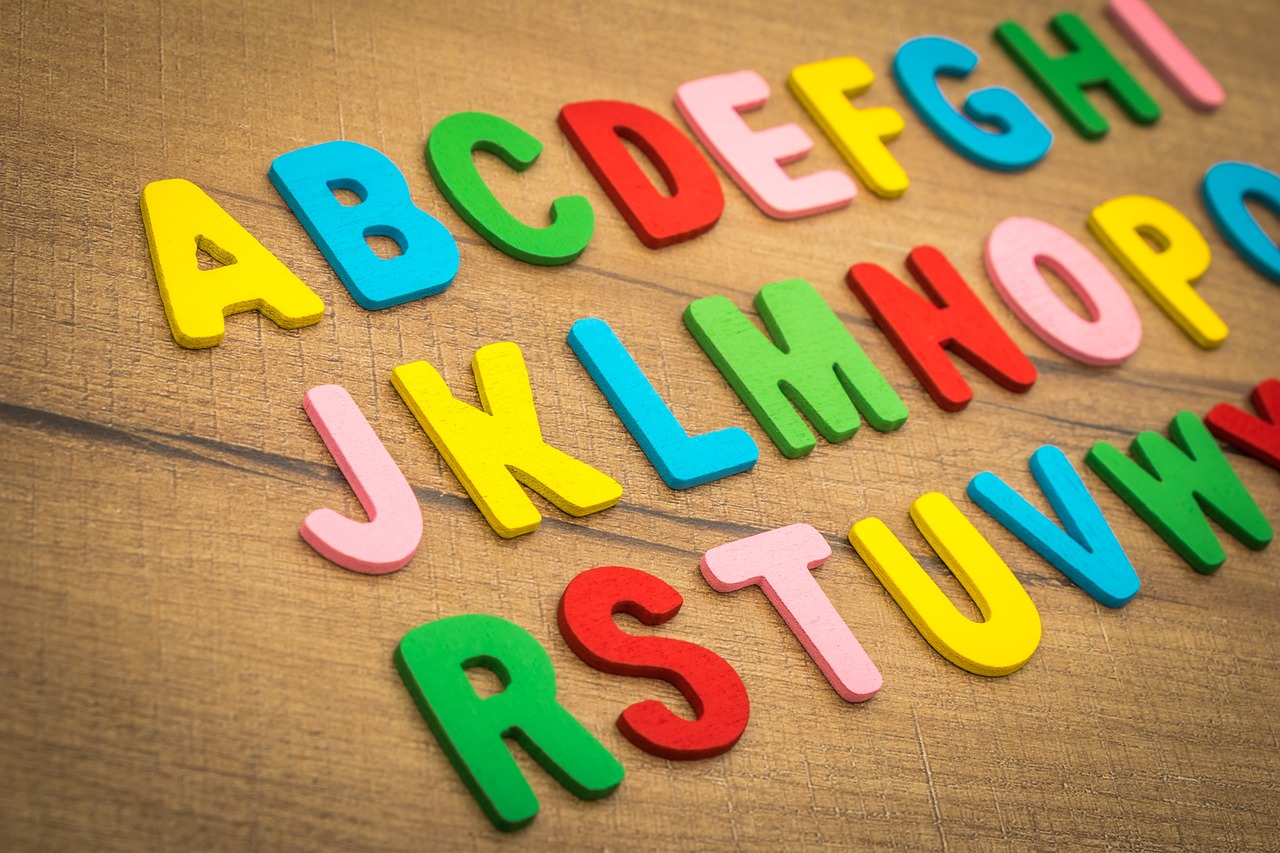Subject: Mathematics
Class: Primary 1
Topic: Conversion of Centimeters to Meters and Vice Versa
Week: 3
Term: Third Term
Duration: 40 minutes
A. Lesson Objectives
By the end of this lesson, pupils should be able to:
Understand the relationship between centimeters and meters.
Convert from centimeters to meters and vice versa.
Recognize the symbols for centimeters (cm) and meters (m).
Use simple real-life examples to explain the conversion process.
B. Instructional Materials
A ruler marked in centimeters and meters
A measuring tape
Chart or flashcards with cm and m symbols
Objects with known measurements in centimeters and meters (e.g., a pencil, a book)
Whiteboard and markers
Pencils and notebooks
C. Lesson Content
1. Introduction to Length Measurement
Centimeter (cm) is a unit of length used to measure small objects or short distances. It is commonly used in everyday life for things like measuring the length of a pencil, book, or table.
Meter (m) is also a unit of length, but it is used to measure larger objects or longer distances, such as the length of a room or a swimming pool.
1 meter = 100 centimeters
This means that 1 meter is equal to 100 centimeters.
2. Converting Centimeters to Meters
To convert from centimeters (cm) to meters (m):
We divide the number of centimeters by 100.
Example:
Convert 250 cm to meters:
250cm=100/250=2.5m
So, 250 cm is equal to 2.5 meters.
3. Converting Meters to Centimeters
To convert from meters (m) to centimeters (cm):
We multiply the number of meters by 100.
Example:
Convert 3 meters to centimeters:
3m=3×100=300cm
So, 3 meters is equal to 300 centimeters.
4. Real-Life Examples
Example 1: If a pencil is 15 centimeters long, how many meters is it?
Answer: 15cm =15/100 =0.15m
Example 2: A classroom is 5 meters long. How many centimeters is that?
Answer: 5m=5×100=500cm
5. Symbols and Units
cm = centimeters
m = meters
D. Class Activities
Activity 1: Conversion Practice
Teacher will provide the class with different objects (e.g., pencil, notebook, table) and their measurements in either centimeters or meters.
Pupils will be asked to convert these measurements to the other unit (centimeters to meters and meters to centimeters).
Example Questions:
Convert 150 cm to meters.
Convert 2 meters to centimeters.
How many meters are in 300 cm?
Activity 2: Measuring Objects
Pupils will use a ruler to measure objects in centimeters and convert them to meters.
Pupils can also use a measuring tape to measure larger objects and convert from meters to centimeters.
E. Evaluation (Assessment)
Convert 120 cm to meters.
Convert 4 meters to centimeters.
How many centimeters are in 2.5 meters?
How many meters are in 500 cm?
F. Assignment
Measure the length of 3 objects at home (e.g., a pencil, book, chair) in centimeters.
Convert their measurements to meters.
Write down the measurements in both centimeters and meters.
G. Conclusion
Review the concept of centimeters and meters and how to convert between them.
Ask pupils to share their examples and discuss the correct conversion.
Emphasize that understanding these conversions helps in measuring both small and large objects.
